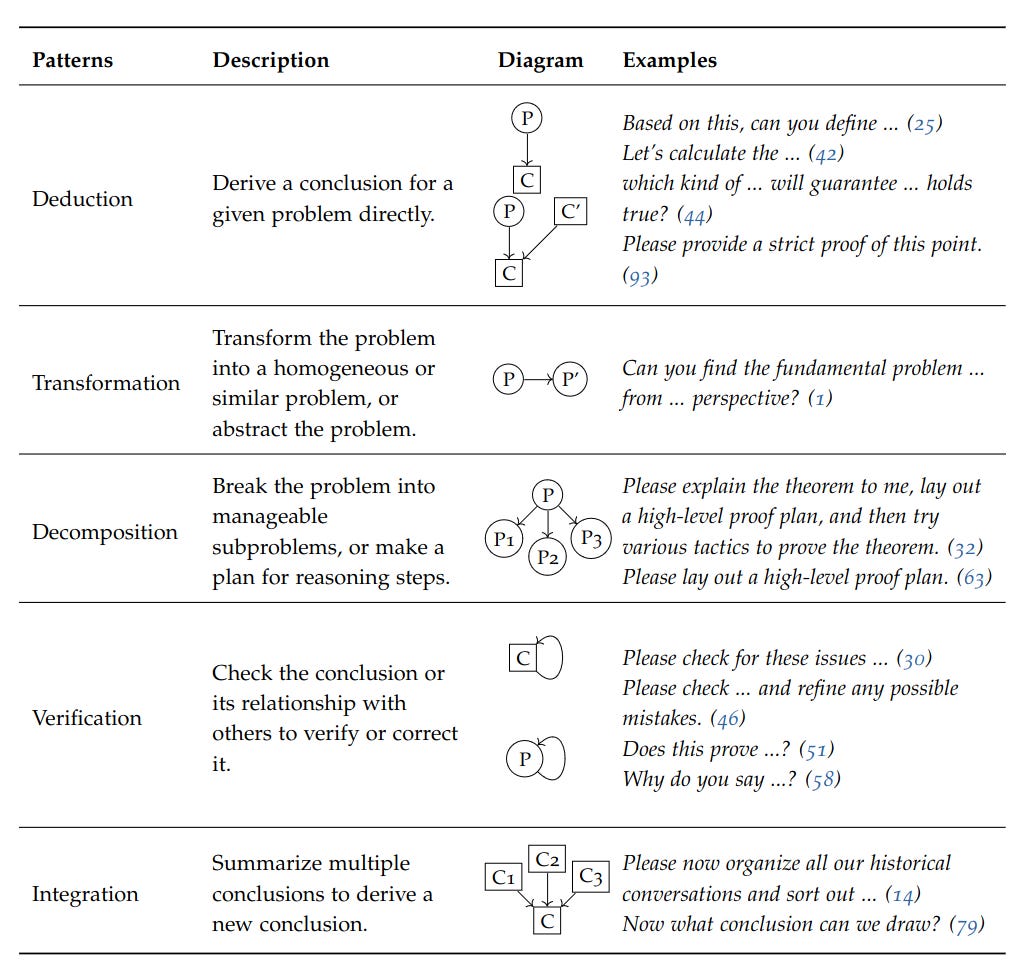A new study reveals that large language models like GPT-4 can make significant contributions to complex mathematical problems and scientific discovery through collaboration with human researchers. The paper, titled “Large Language Model for Science: A Study on P vs. NP“, presents a pilot experiment where GPT-4 was guided through a 97-step dialogue to conclude that P does not equal NP if certain other proof can be obtained.
Understanding the Significance
P vs NP is one of the most important open problems in computer science and mathematics. It investigates whether problems whose solutions can be quickly verified by computers can also be quickly solved by computers. Resolving this problem could have major implications for fields like optimization, cryptography, and more. While mathematicians have worked on proving or disproving P=NP for over 50 years without definitive resolution, this study provides hope that AI systems like GPT-4 could accelerate progress.

Major Findings of the Study
- Proposes a new paradigm “LLM4Science” where LLMs act as collaborative peers to humans in scientific discovery, going beyond just a support tool.
- Introduces “Socratic reasoning” – a framework to stimulate critical thinking in LLMs using question prompts and dialectic dialogues.
- Demonstrates GPT-4 successfully constructing extremely hard problem instances and navigating a complex 97-step reasoning pathway to conclude “P != NP” if one can rigorously prove the existence of a specific type of NP-complete problem that cannot be solved in polynomial time as the number of variables tends to infinity
- Reveals GPT-4’s potential for integrating knowledge across disciplines, thinking innovatively, and conducting mathematical reasoning when properly guided.
- Provides a promising exploration into using LLMs for fundamental open problems based on a recent theoretical result by mathematicians.

Practical Implications
The study suggests that guided large language models like GPT-4 have the potential to extrapolate novel scientific insights and tackle complex expert-level problems through collaboration with human researchers. The “LLM for Science” paradigm could accelerate discovery and innovation across diverse fields.
However, the limitations are that the process still requires extensive human guidance, questioning and verification. Fully automating scientific discovery with AI remains an open challenge. There are also concerns around reproducibility and rigor when sampling from large language models.
Nonetheless, this work is an encouraging step forward for AI. It demonstrates these models have far greater capabilities than just interpolating existing knowledge. By pooling together the complementary strengths of humans and AI systems, we may be able to drive progress on some of science’s toughest open problems. The P vs NP dilemma that has confounded mathematicians for decades now appears a little less insurmountable thanks to artificial intelligence.